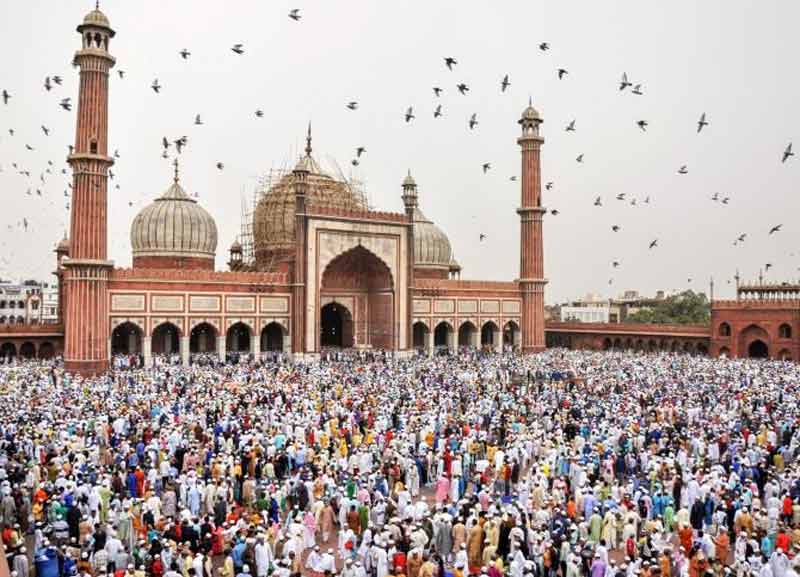Eid-ul-Fitr, also known as the Festival of Breaking the Fast,
Is one of the most significant Islamic festivals celebrated by Muslims worldwide. It marks the end of Ramadan, the holy month of fasting, prayer, reflection, and community. In 2024, Eid-ul-Fitr is expected to be celebrated on April 10th. , although the exact date may vary depending on the sighting of the moon.
History and Significance
The history of Eid-ul-Fitr dates back to the time of Prophet Muhammad, who established it as a celebration after the month-long fasting period of Ramadan. The festival holds immense spiritual and cultural significance for Muslims, symbolizing gratitude, charity, forgiveness, and unity among the community.
Fasting During Ramadan
During Ramadan, Muslims fast from dawn until sunset, refraining from food, drink, smoking, and certain other activities. The fast is an act of devotion and self-discipline, intended to purify the soul, strengthen faith, and empathize with those less fortunate.
Eid-ul-Fitr Celebrations
The day of Eid-ul-Fitr begins with a special prayer called the “Salat al-Eid,” usually held in mosques or open prayer grounds. Muslims gather in large numbers, dressed in their finest clothes, to offer prayers of thanks and seek blessings for the future.
After the prayer, Muslims engage in various festive activities, including exchanging greetings of “Eid Mubarak” (meaning “Blessed Eid”), giving gifts, and visiting family, friends, and neighbors. Special meals and delicacies are prepared, and charity and donations are encouraged to help those in need, following the spirit of generosity and compassion.
Traditions and Customs
Eid-ul-Fitr is a time of joy, unity, and community bonding. Families come together to share meals, partake in festivities, and strengthen their bonds. Children receive “Eidi,” gifts or money from elders, as a token of love and blessings. Houses and streets are adorned with decorations, lights, and colorful banners, creating a vibrant and festive atmosphere.
Cultural Variations
While the core essence of Eid-ul-Fitr remains the same, different regions and communities have their unique customs and traditions. For example, in some countries, communal feasts and street fairs are organized, showcasing local cuisines, arts, and crafts. Fireworks, music, and cultural performances add to the festive spirit in many places.
Conclusion
Eid-ul-Fitr is a time of spiritual renewal, gratitude, and celebration for Muslims worldwide. It symbolizes the values of faith, compassion, generosity, and unity, fostering a sense of belonging and community among believers. As Muslims come together to mark the end of Ramadan and the beginning of Shawwal, the month of Shawwal, they reflect on the blessings of the past month and look forward to a future filled with hope, peace, and prosperity.



